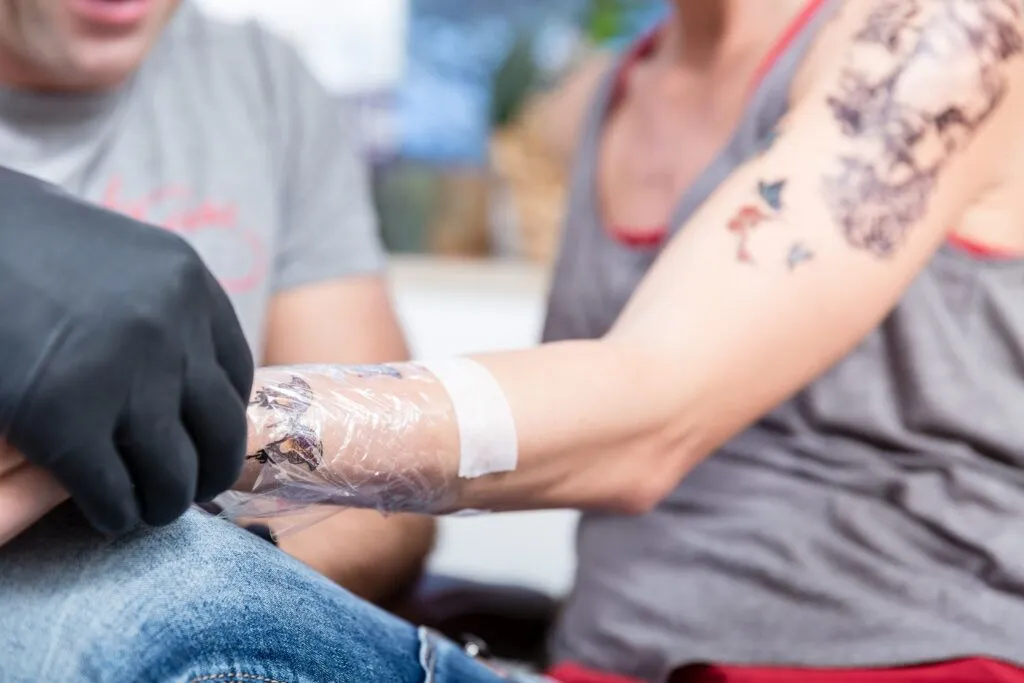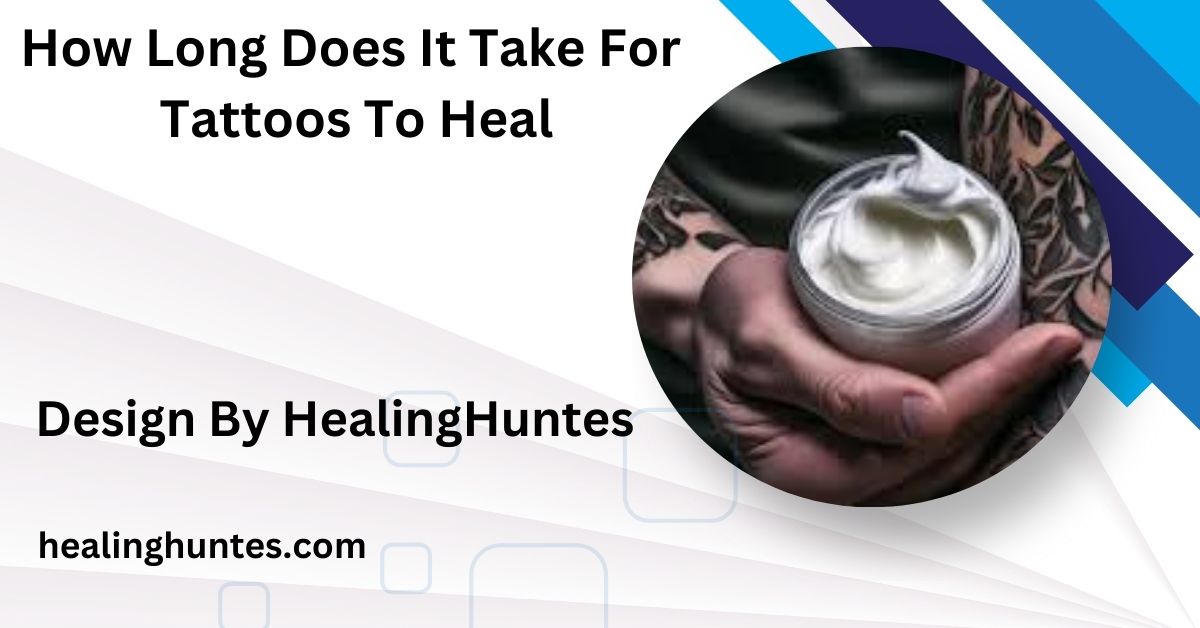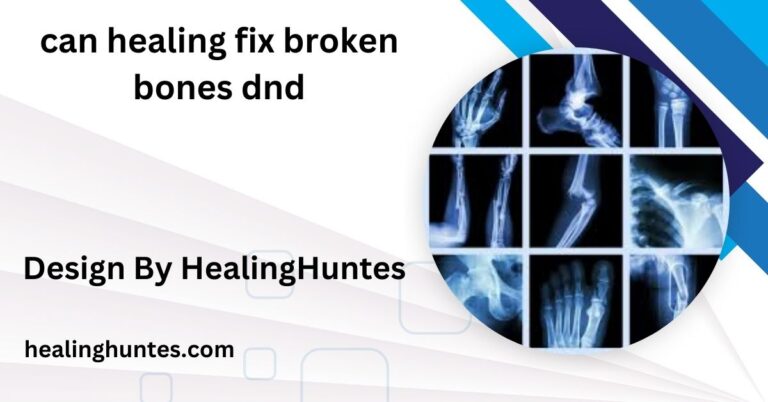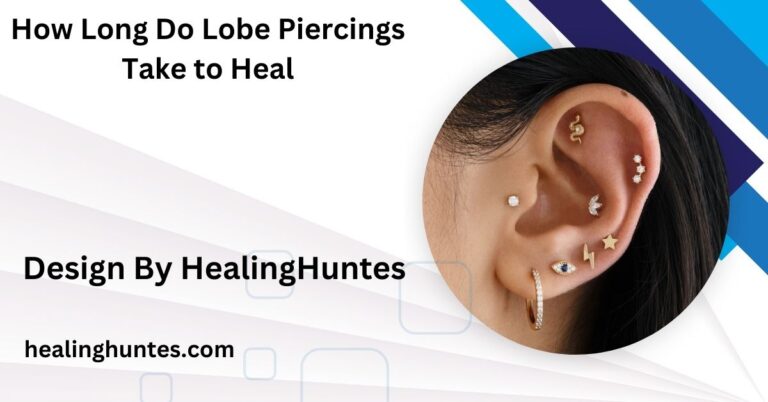How Long Does It Take For Tattoos To Heal – Healing Tattoos Explained!
Tattoo healing can take anywhere from 2 weeks to 6 months, depending on factors like size, location, and aftercare. While surface healing occurs within a few weeks, the deeper layers continue to heal for several months.
In this article, we’ll break down the tattoo healing process, the stages of healing, and how you can ensure your tattoo heals properly and looks great for years to come.
Understanding the Tattoo Healing Process:

When you get a tattoo, your skin is essentially being punctured thousands of times by a needle, which deposits ink into the dermis (the second layer of your skin). This process creates an open wound, which needs time to heal.
The healing process can be divided into several stages, with each stage requiring specific care to ensure the tattoo heals properly. Healing time can range anywhere from two weeks to six months, depending on several factors like the size and location of the tattoo, your skin type, and how well you take care of it.
While the tattoo may appear healed on the surface within a couple of weeks, the deeper layers of skin continue to heal for several months. Let’s dive into the detailed stages of tattoo healing.
Tattoo Healing Stages: What to Expect
The First Few Days (Initial Healing Phase):
Timeframe: 1-3 Days:
Immediately after you get your tattoo, your skin will go into the first stage of healing, which involves some discomfort and visible changes. During this time, the tattooed area will likely be red, swollen, and tender. You may notice that your tattoo feels sore to the touch. It’s also common for the tattooed area to ooze plasma or a small amount of fluid for the first couple of days.
This reaction is a sign that your body is working hard to start the healing process. The plasma or fluid is part of the body’s natural response to a wound, and while it might look like excessive leaking, it’s completely normal.
What to Do:
- Clean your tattoo: Wash it gently with lukewarm water and mild, fragrance-free soap to remove any excess fluid or ointment. Do not scrub the tattoo; just use your hands and pat it dry with a clean towel.
- Moisturize: Apply a thin layer of ointment or tattoo-specific aftercare cream to keep the skin moist. This will help the tattoo heal properly and prevent it from drying out or cracking.
- Avoid touching: Only touch your tattoo with clean hands. This minimizes the risk of infection, which can delay healing.
Also Read: How To Heal Sun Poisoning – Quick Treatments and When to See a Doctor!
The First Week (Peeling and Itching):
Timeframe: 3-7 Days:
In the following days, your tattoo will begin to peel as the body sheds the top layer of dead skin cells. During this phase, the tattoo may begin to itch, which is a natural part of healing. While this might be uncomfortable, never scratch or pick at the tattoo, as this can cause scarring or even pull ink out of the skin.
The tattoo may also start to form small scabs. These scabs are part of the body’s healing process, but they should not be removed forcefully. Let them fall off naturally.
What to Do:
- Moisturize frequently: Apply a fragrance-free lotion or ointment to keep the tattoo hydrated and reduce itching. This will also help prevent the formation of large scabs that could pull out ink.
- Resist the urge to scratch: Even though it may be itchy, do not scratch or pick at the tattoo. Scratching can introduce bacteria to the tattooed area, leading to infection.
- Wear loose clothing: Tight clothes may rub against your tattoo, leading to irritation. Opt for loose clothing to avoid friction on the tattooed area.
The First Month: (Continued Healing and Regeneration)

Timeframe: 7-30 Days:
By the end of the first week and moving into the second week, you’ll notice that the redness, swelling, and tenderness will have subsided. The tattoo will start to look less irritated, but there may still be some peeling and scabbing, which is perfectly normal. While the skin’s surface may look healed, the deeper layers of skin are still regenerating.
During this time, the tattoo will appear slightly cloudy or dull, which is typical as the skin continues to regenerate. You’ll also notice that the itching and flaking continue. Continue to follow your aftercare routine to avoid complications.
What to Do:
- Sun protection: Avoid exposing your tattoo to direct sunlight during the healing process. UV rays can fade the ink and irritate the healing skin.
- Keep the tattoo clean and moisturized: Clean the tattoo at least twice a day to prevent infection and moisturize it to maintain skin elasticity and vibrancy.
- Avoid soaking: Don’t soak your tattoo in water (baths, hot tubs, or pools) during the first month. Prolonged exposure to water can cause the tattoo to soften, which can lead to fading or infection.
The Second Month (Deeper Healing Continues):
Timeframe: 30-60 Days:
By this stage, most of the surface-level healing is completed, and your tattoo may appear to be fully healed. However, beneath the surface, the deeper layers of the skin are still regenerating. The skin might feel a little tight or slightly raised, and it’s still important to take care of your tattoo to avoid complications.
In this phase, the tattoo may appear clearer and more defined, but don’t be fooled into thinking it’s fully healed. The healing process continues beneath the skin, and it’s important to avoid anything that might disrupt the tattoo.
What to Do:
- Continue moisturizing: Keep the tattoo hydrated to prevent dryness and cracking. A non-scented lotion works well during this time.
- Use sunscreen: If your tattoo is exposed to the sun, apply sunscreen to protect it from UV damage. This helps prevent the tattoo from fading prematurely.
Also Read: List Of Healing Freq – A Comprehensive Guide to Sound Therapy!
Full Healing (Final Stage):
Timeframe: 3-6 Months
Even though your tattoo might appear healed on the surface after a few weeks, the deeper layers of skin may still be in the process of recovery. The final stage of healing can take anywhere from 3 to 6 months, depending on the complexity and size of the tattoo. Larger tattoos or tattoos on areas that are prone to friction or constant movement (like joints) can take longer to heal completely.
During this time, the skin continues to regenerate and strengthen, ensuring that the ink stays in place. It’s also important to maintain good aftercare practices to ensure that the tattoo remains vibrant and the skin doesn’t get damaged.
What to Do:
- Apply sunscreen regularly: Protect your tattoo from UV rays to prevent fading.
- Avoid excessive friction: Be mindful of areas where your tattoo may rub against clothing or other surfaces, as this can cause irritation and affect healing.
- Keep moisturizing: Moisturizing your tattoo will help keep the skin supple and maintain the vibrancy of the ink.
Factors That Affect Tattoo Healing Time:

While the general healing timeline provides a good reference, several factors can influence how quickly your tattoo heals:
Size and Location of the Tattoo:
- Larger tattoos take more time to heal because there is more skin to repair.
- Tattoos on more sensitive areas, such as the ribs, elbows, knees, and feet, may take longer to heal because these areas are prone to more movement and friction.
Your Skin Type:
- Sensitive skin or conditions like eczema can make the healing process slower and more complicated.
- Healthy, elastic skin will generally heal faster, but people with certain skin conditions may need additional care.
Tattoo Aftercare:
- Following the recommended aftercare instructions provided by your tattoo artist is essential for proper healing. Failure to follow these guidelines can lead to infection, scarring, and prolonged healing.
Also Read: When You’re Ready This Is How You Heal – A Guide to Overcoming Setbacks and Finding Strength!
Health and Lifestyle:
- Smokers often experience slower healing because smoking restricts blood flow, which affects the body’s ability to heal wounds.
- Good nutrition and hydration are key. Eating a balanced diet rich in vitamins, minerals, and protein supports skin repair and regeneration.
- Stress and lack of sleep can also negatively impact your healing process.
Common Tattoo Healing Issues to Watch For:
While most tattoos heal without complications, some issues can arise. Here are a few to look out for:
- Infection: If your tattoo becomes increasingly red, swollen, or oozes pus, it could be infected. Seek medical advice if you suspect an infection.
- Excessive scabbing: While scabbing is a normal part of healing, if scabs are large or you notice areas where ink has been pulled out, consult with your tattoo artist.
- Fading: Tattoos may fade if they are exposed to too much sunlight during the healing process. Always use sunscreen once the tattoo is healed.
FAQ’s
- How long does it take for a tattoo to heal completely?
Tattoo healing can take 2 weeks to 6 months, with surface healing in a few weeks and deeper layers taking longer.
- What is the first stage of tattoo healing?
The first stage lasts 1-3 days, where the tattoo is red, swollen, and oozes fluid as it begins to heal.
- Can I scratch my tattoo while it’s healing?
No, avoid scratching as it can cause scarring and pull ink out. Let the itching and peeling happen naturally.
- How long should I avoid sun exposure on my tattoo?
Avoid direct sun exposure during the healing process, especially for 1-2 months, and use sunscreen afterward.
- What factors can affect tattoo healing time?
Size, location, skin type, aftercare, and overall health all influence how quickly a tattoo heals.
Conclusion
The healing process for a tattoo is gradual and requires patience. While your tattoo may look healed on the surface in just a few weeks, the deeper layers of skin can take several months to fully regenerate. By understanding the stages of healing and following a good aftercare routine, you can ensure that your tattoo heals properly and remains vibrant for years to come. Remember, the better you care for your tattoo during the healing period, the longer it will last—and the more stunning it will look!





